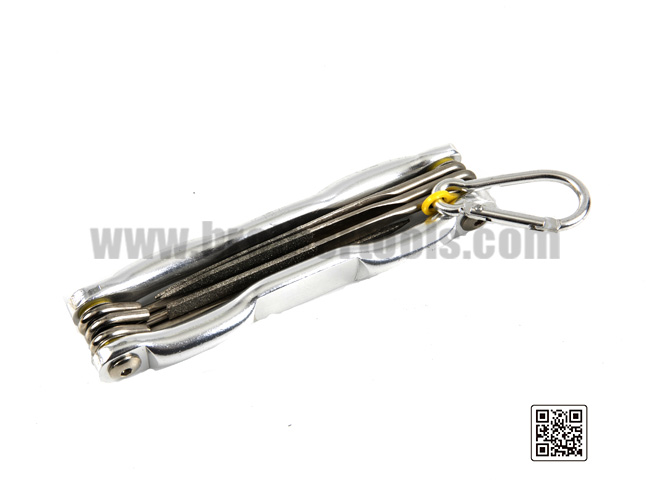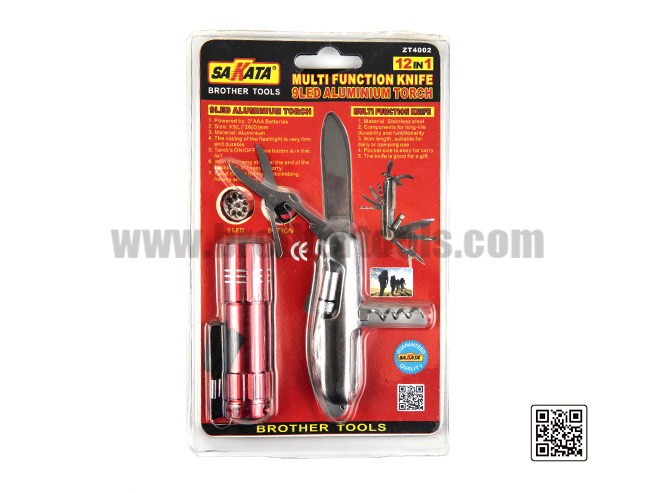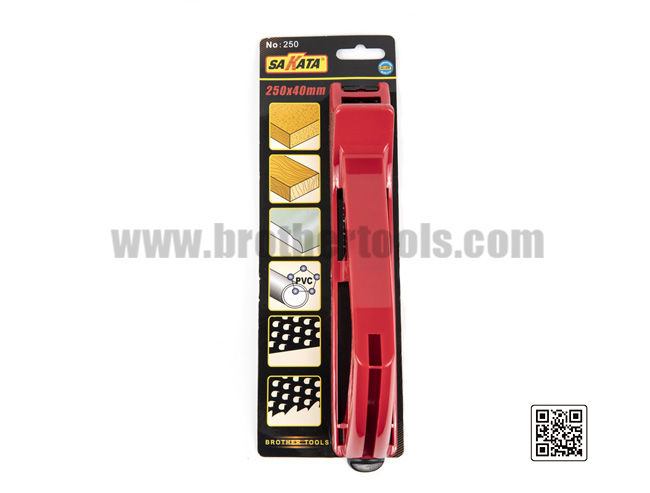ZHEJIANG HANJIA TECHNOLOGY CO., LTD.
XINCHANG BROTHER TOOLS CO., LTD.
Hand tools are also called hand tools. Compared with electric tools, hand tools are mainly used to twist or power tools. Hand tools can be divided into wrenches, pliers, screwdrivers, tape measures, hammers, sleeves, cutting, scissors, sets, and auxiliary tools such as tool carts, etc. according to their use. Each category is different. Model.
Most people have not been trained before using hand tools, which leads to frequent accidental injuries. According to statistics, injuries caused by improper use of hand tools account for 7% to 8% of all accidental injuries every year. Therefore, for all kinds of commonly used hand tools and portable electric tools, it is necessary to understand their correct use methods, maintain and manage well, and pay attention to safe use.
How to use hand tools
The following only introduces the correct usage and safety precautions of several commonly used hand tools and electric tools:
1. Metalworking hand bow saw: Use appropriate saw blades for work, such as 14 teeth per inch for cutting hard or thick soft metals; 18 teeth per inch for tool steel, iron pipes, hard metals, etc.; and 24 teeth per inch It is suitable for sawing of metal plates, metal pipes, and thin iron bars. Push the saw forward and lift it slightly when pulling it back.
2. Wrench: ① The wrench of the appropriate size should be selected according to the nature of the work. ②When using the adjustable wrench, force should be applied to the fixed side, never force to the movable side. ③If the opening of the wrench is worn or slipped during use, do not continue to use it to avoid slipping and hurting your hands. ④Do not use a wrench as an iron to strike. ⑤Do not put a pipe on the handle end of the wrench to increase the torque of the wrench.
3. Screwdriver: ①The appropriate screwdriver should be selected according to the size and shape of the screw head groove. ②The handle of the screwdriver should not be hit with a hammer. If the handle is damaged, it should be replaced immediately. ③Do not use the screwdriver as a chisel or lever. ④The electric screwdriver should be used to check the current, and the general screwdriver cannot be used to check the high voltage. ⑤The blade of the screwdriver should not be ground to avoid damage to the hardened surface. ⑥The screwdriver should not be put in the pocket of clothes or trousers to avoid injury in collision or fall.
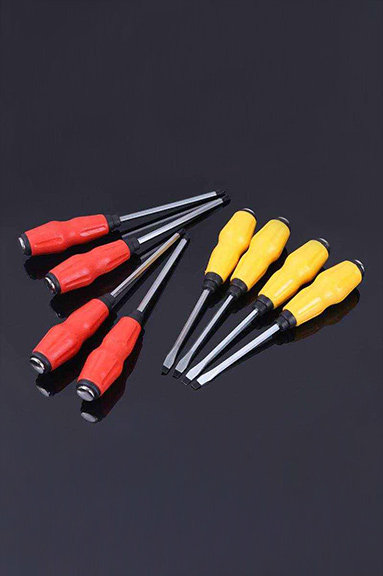
4. Pliers: ①Pliers are only used to fasten, insert and remove various pins and nails, and to cut or tighten various wires. ②Pliers cannot be used to tighten or knock bolts or nuts. ③Do not tap or lengthen the handle of the pliers to increase the clamping or cutting power.
5. Portable electric drill: ① The tightening of the drill bit must be a wrench that meets the specifications. ②Before starting the electric drill switch, the electric drill must be held firmly. ③When the electric drill is not in use or when changing the drill bit, turn off the power before putting it down. ④The drill bit should be unloaded when finishing work. ⑤Apply pressure to the drill bit with moderate force. Too much force may break the drill bit or reduce the running speed of the drill bit. If it is too small, the drill bit is easy to wear. When drilling quickly through, the pressure must be light to make the hole smooth. ⑥ When drilling small work objects, the work piece should be fixed with a fixture, and never hold the drill with your hands. ⑦ Do not wear loose clothes, tie, scarf, or gloves when using the electric drill. Long hair should be tied well.
6. Hand-held grinding wheel: ①Check whether the grinding wheel is broken, rotating incorrectly, the grinding disc is unbalanced, and the guard is loose before use. ②Wear goggles or face shield when grinding. ③You or others should avoid the direction of rotation of the grinding wheel to prevent flying debris or grinding wheel fragments from splashing. ④After the grinding wheel is cut off the power supply, it cannot be ground again, let alone speed up the grinding wheel to stop in this way.
7. Electric soldering iron: ① The tip of the soldering iron should be kept clean and no debris should be attached. ②Do not knock, so as to avoid the leakage of the insulating magnet tube. ③For transistor components, it is advisable to use a 30-40 watt electric soldering iron. ④The soldering iron should be placed on the support or on the insulator when not in use. ⑤The temperature of the tip of the soldering iron is very high, so care should be taken to avoid scalding or getting close to flammable materials to cause a fire.
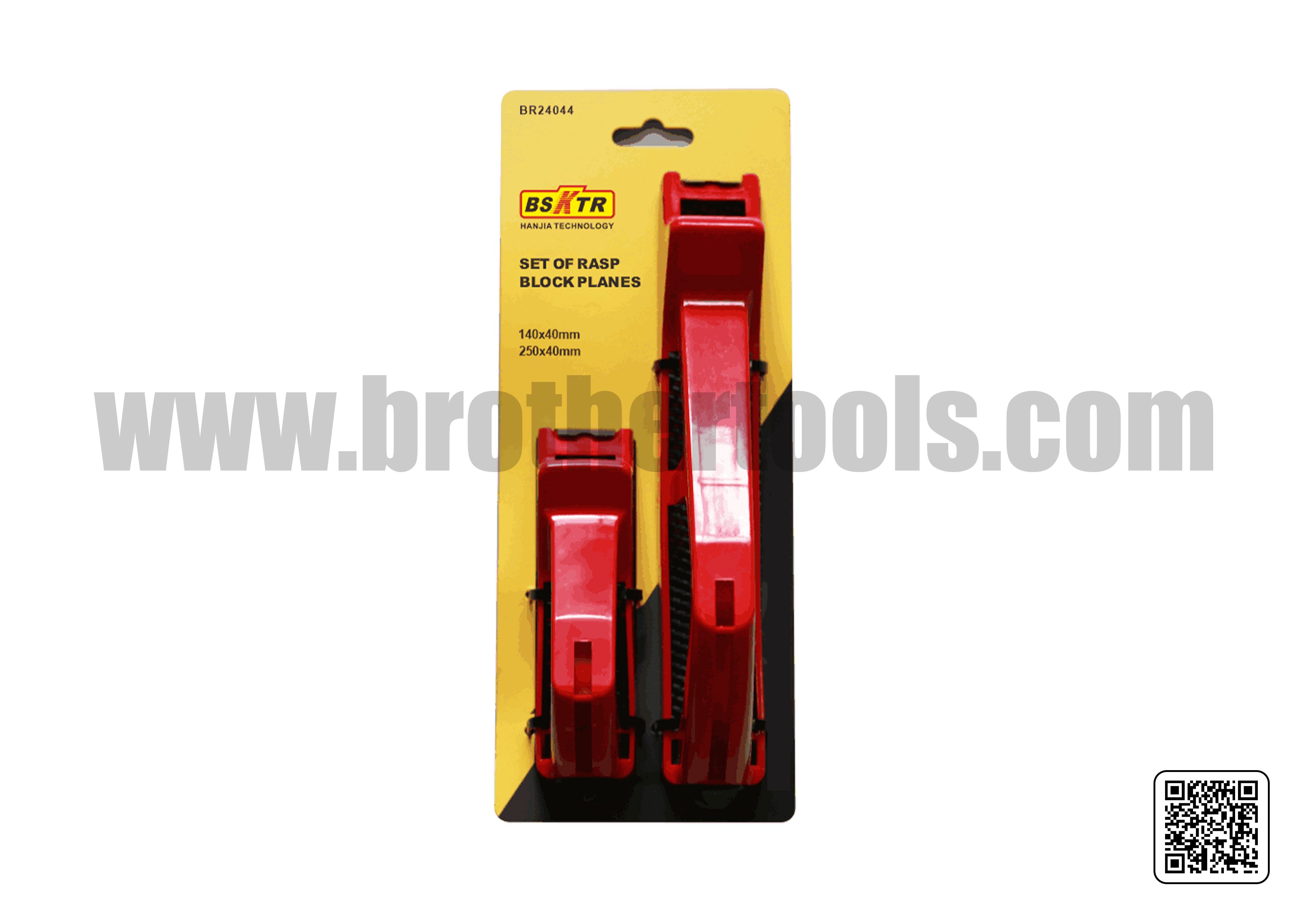
NO: BR24044
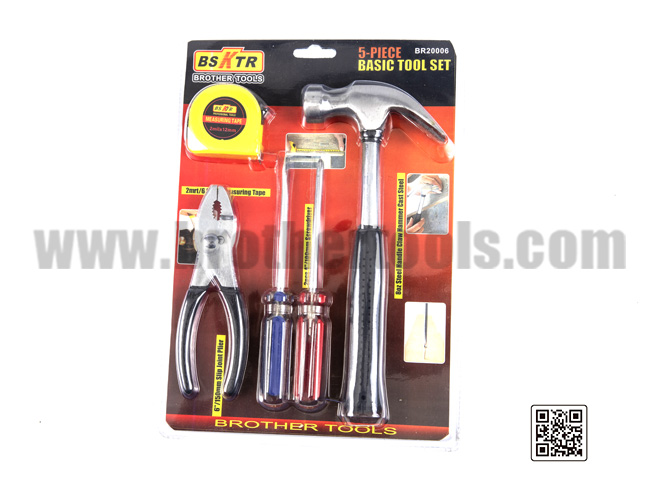
NO: 5008
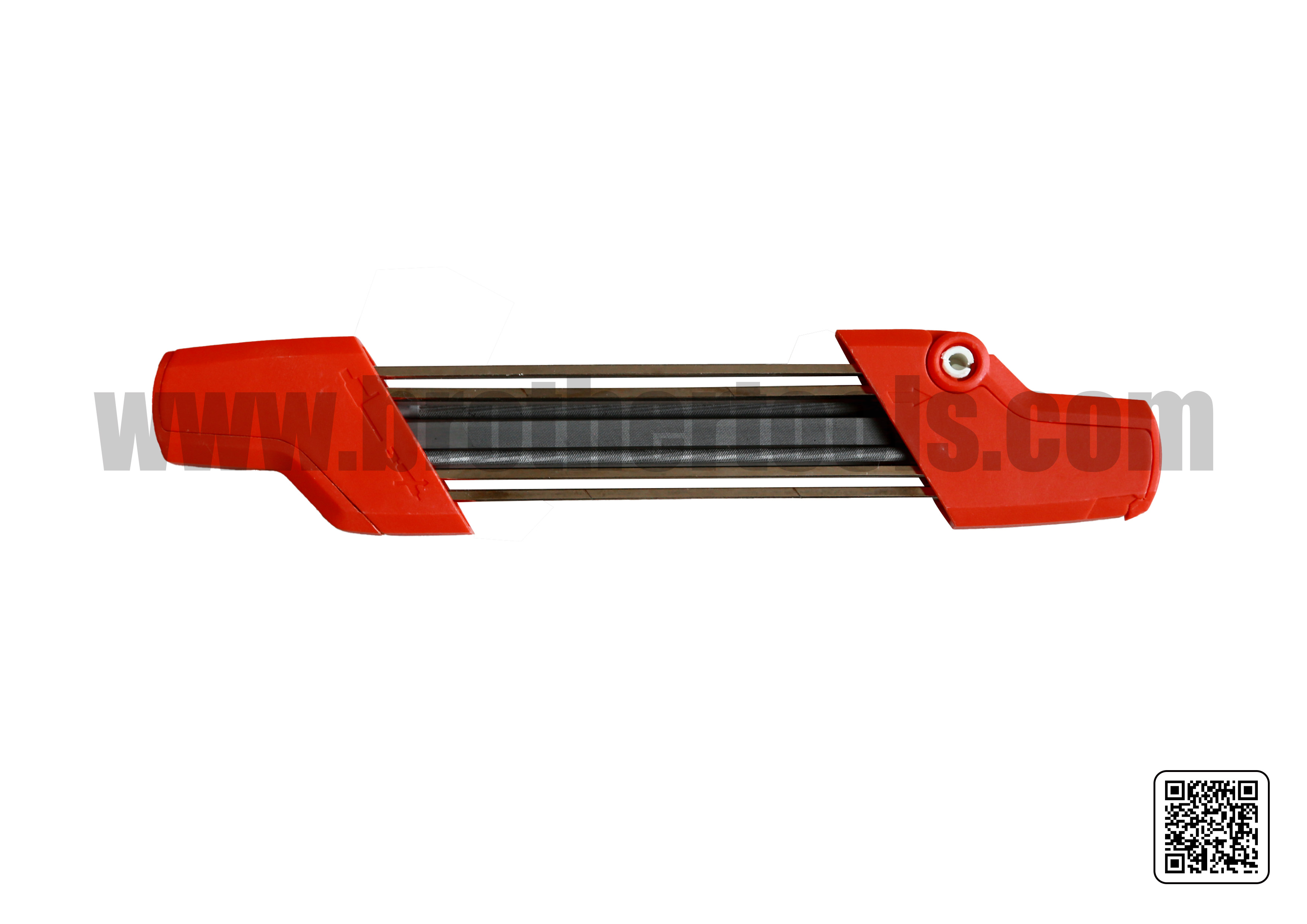
NO: BR23089
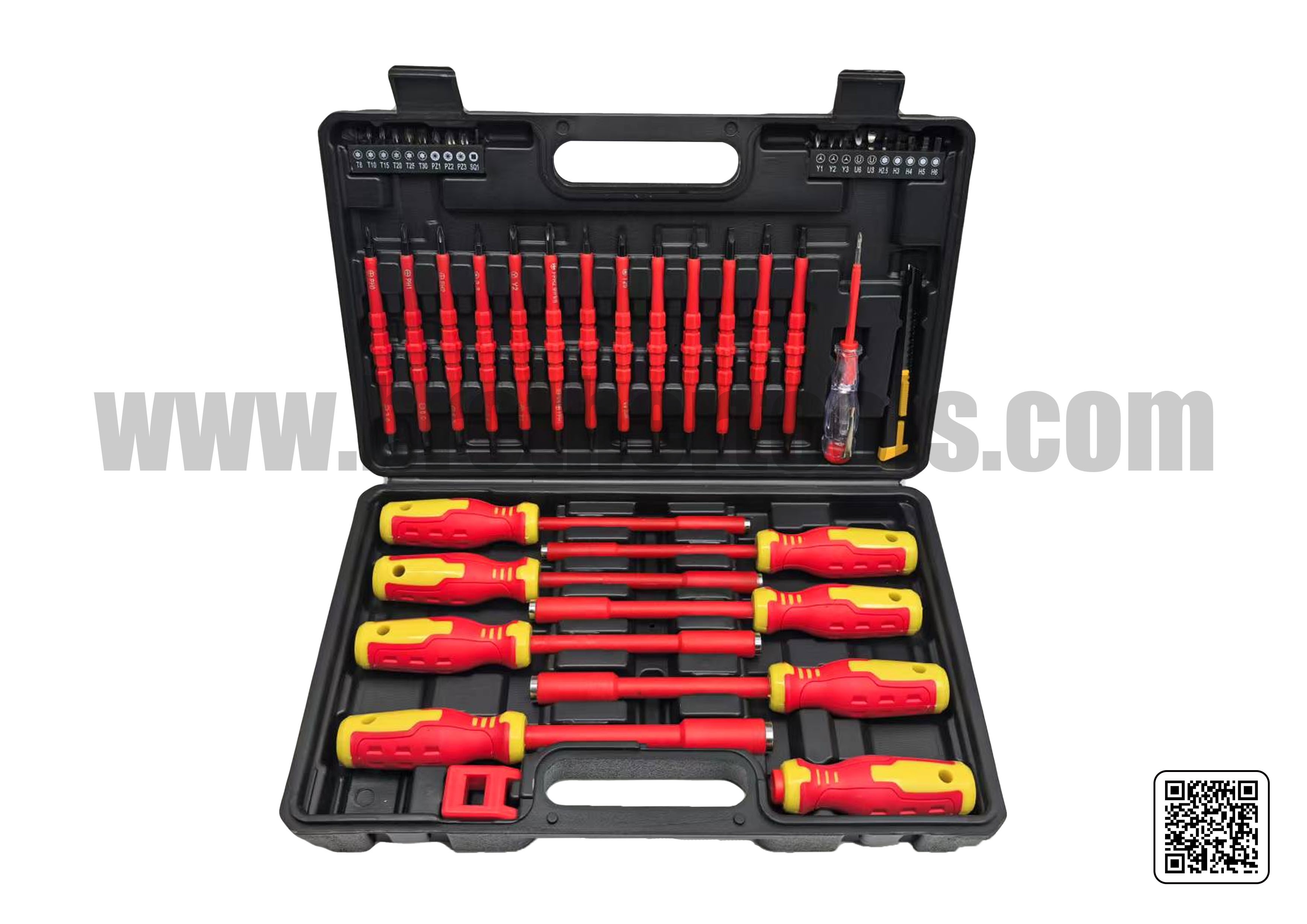
NO: BR25183
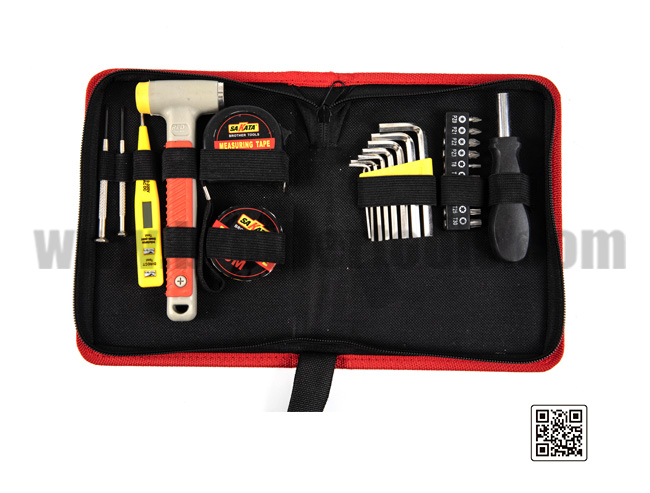
NO: ZT2058
